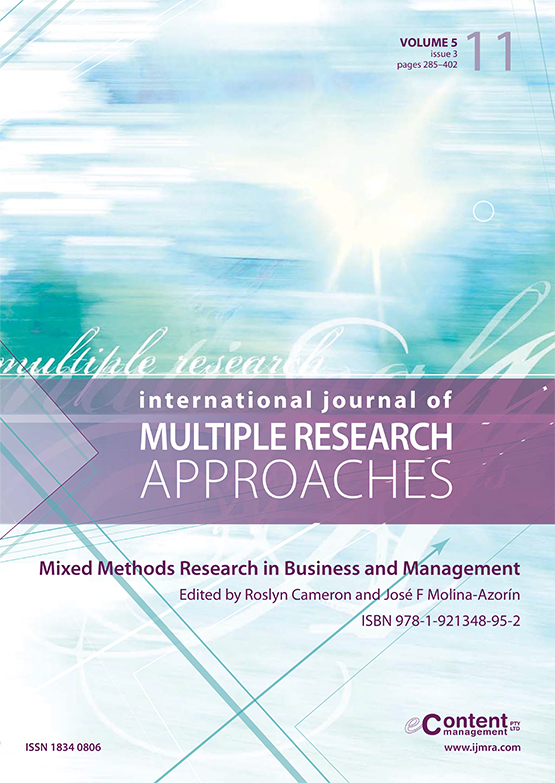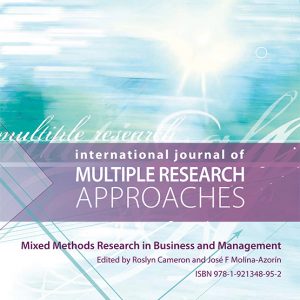5(3).4. Three component stakeholder analysis
$30.00
Description
Three component stakeholder analysis
ROBBERT A KIVITS
Southern Cross Business School, Southern Cross University, Lismore, NSW, Australia
ABSTRACT
Both public and private organizations are increasingly employing stakeholder engagement as an important strategy for improving external stakeholder relations. Incorporating stakeholders’ opinions is valuable for improving decision-making processes and project implementation [Deelstra, Nooteboom, Kohlmann, van den Berg, & Innanen (2003) Using knowledge for decision-making purposes in the context of large projects in The Netherlands. Environmental Impact Assessment Review, 23(5), 517–541]. Currently, the prevailing practice domain for stakeholder engagement is largely characterized by complex and dynamic environments containing a wide range of stakeholders, from hostile to conciliatory, from obstructive to collaborative [Crocker (2007) Organizational arrangements for the provision of cross-boundary transport infrastructure and services. Atlanta, GA: Georgia Institute of Technology]. This diverse range of stakeholders with different interests and expectations requires flexible and indeed specialized engagement tools [Shandas & Messer (2008) Fostering green communities through civic engagement: Community-based environmental stewardship in the Portland area. Journal of the American Planning Association, 74(4), 408–418]. Yet the practise of stakeholder analysis, a pre-requisite for successful stakeholder engagement [Clarkson (1995) A stakeholder framework for analyzing and evaluating corporate social performance. Academy of Management Review, 20(1), 92–117; Reed et al. (2009) Who’s in and why? A typology of stakeholder analysis methods for natural resource management. Journal of Environmental Management, 90(5), 1933–1949], has been insufficiently explored. At present, there is no integrated stakeholder analysis method that investigates the stakeholder sufficiently, i.e., from multiple space– time subjectivities, rather then from a single space–time representation. To arrive at an integrated stakeholder analysis methodology, Reed et al. (2009) have suggested investigating the potential for combining existing methods to derive more useful results. This article will therefore offer a new integrated framework, covering all components; salience, frames of reference and networks.
Keywords: stakeholder engagement, stakeholder analysis, methodology


